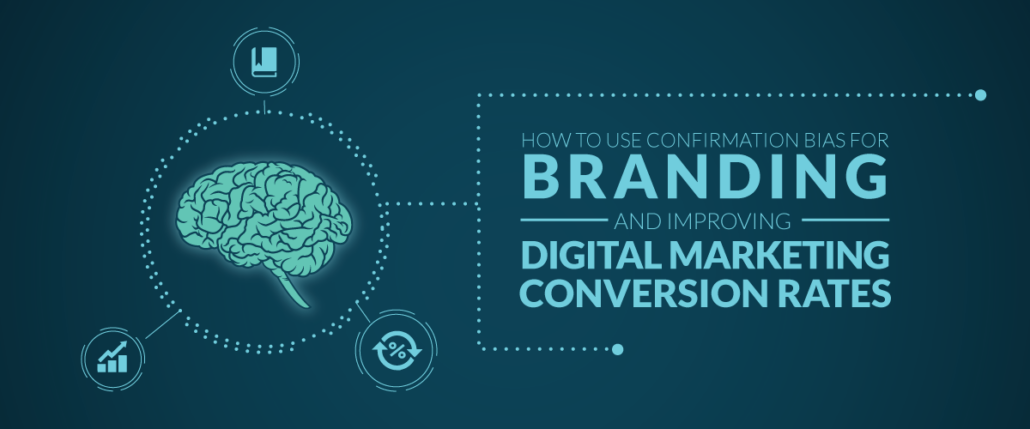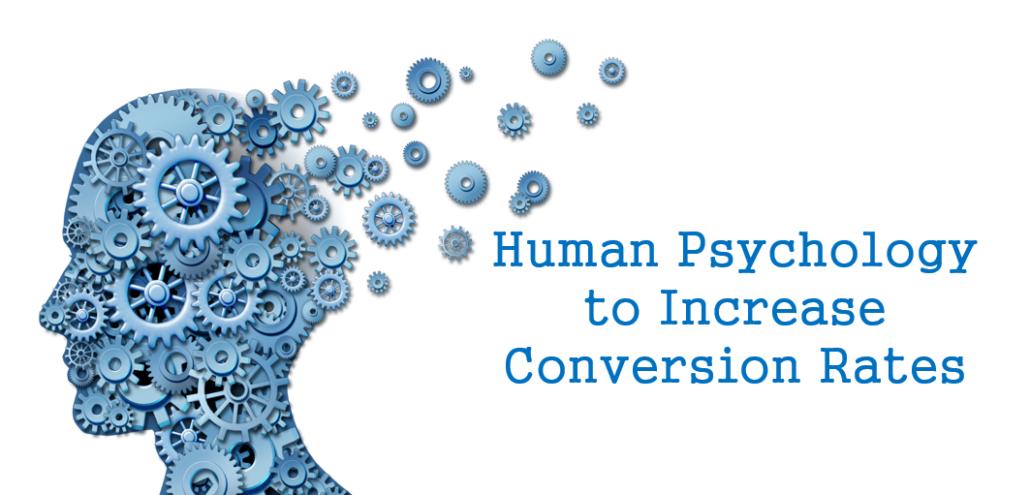
For nearly four decades now, Apple has attracted legions of fans who swear by every product rolling off the assembly line. So much so that its once competitor and propagator of the PC, IBM, recently came out with a study that proclaims the superiority of Apple ‘MacBook’ over the PC. The day Apple went public on December 12, 1980, its share prices had quickly climbed to $22 per share. The IPO created more wealth for the company and investors than any other IPO, since Ford Motor Company’s IPO in 1956. Today, the company is valued at nearly $600 Billion (yes, with a big B). But why? The answer, perhaps, lies in the concept of confirmation bias and the way Apple has used it to their advantage over the years.
What is confirmation bias?
The term confirmation bias was first coined by Peter Wason, an English psychologist in 1960. He conducted a series of experiments where he gave partial information to participants with conditional rules (“if this, then that”) and allowed them to derive further information on their own. Repeated results have shown that people perform badly under such conditions, often ignoring information that could refute the parameters set by the specified conditional rules. However, Wason could not define it succinctly enough for all of us, without advanced degrees, to understand.
What that means for the rest of us lesser mortals, is that all of us tend to find explanations that match our opinions, rather than look harder for facts that might (or might not) prove us wrong.
So, when did marketers realize that they can use psychology to their advantage? And how does this apply to brands and how do you use this to improve conversion rates? Let’s find out.
Use of confirmation bias in marketing
Marketers are not scientists, but they have learned to use the science of psychology to their advantage over the years. It’s not very clear who started the practice, but there are instances from 1875 when the Chicago Daily Tribune was priced at 1-cent to attract more readers, and eventually, more advertisers as the circulation of the newspaper grew. By the time WWI ended, publishers and advertisers realized that marketing was about buyers, not sellers and they needed to understand the behavior and preferences of the buyers in order to cut across the noise.
Advertising changed almost overnight from being centered around the product to addressing the needs of the consumers and at times, even tugging at some emotional chords to get the message across. For example, while the advertisement on the left for Rothwell’s Chocolate from before WWI talks about the product, the one on the right for cornmeal from after the war talks about how cornmeal is directly beneficial to the consumer.

Applying confirmation bias in branding
A little over six decades after WWI, Apple Inc. became the second consumer brand after Ford Motor Company to create a cult status for itself. The brand commands an unmatched fan following around the world because Steve Jobs saw what everyone else missed on during the early days of development of the personal computer concept. While IBM and Microsoft focused themselves on function alone, Apple focused on form and function.
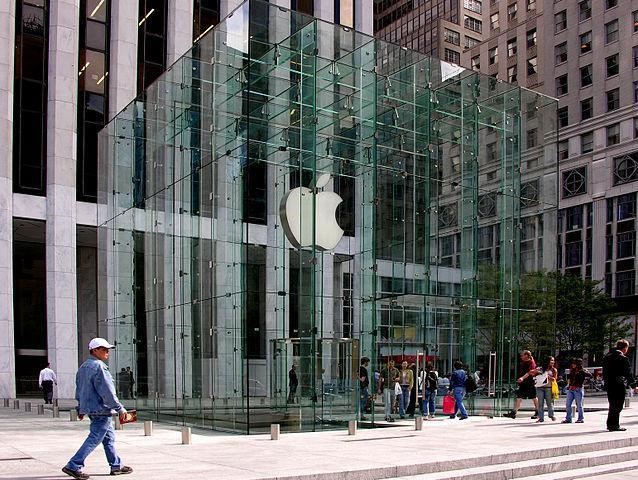
Consumers lapped up the resulting product and Apple cemented its position as a brand that delivers the best value for money. Designers and power users swore by the Apple Macintosh and its ability to deliver results superior to the PC. Even as the company fell on hard times, these fans did not let go of their affiliations for the brand.
Upon his return to Apple after a 13-year hiatus that saw a severe decline in Apple’s fortunes, Steve Jobs rebuild the cult around the brand by rallying this fan following as he announced major changes in the product line.
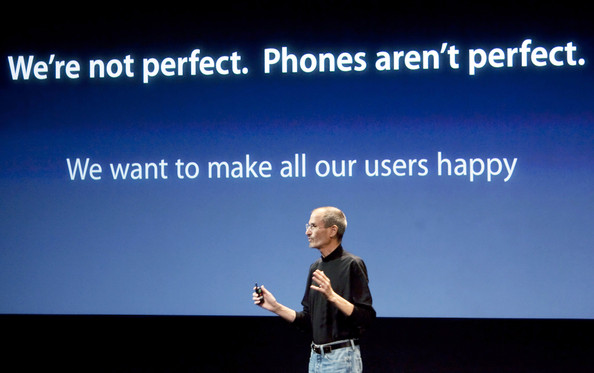
All of it was possible because Apple had invested itself in building that brand image from a very early stage. The Super Bowl Macintosh commercial from 1984 is still considered the turning point in the history of advertising and brand Apple, and the company has capitalized it in every possible manner.
Around the time Apple was reinventing itself, another brand was rising in the digital world – Amazon. After facing some form of initial competition from Craigslist, Amazon has emerged as the biggest internet retailer in the world.

Today everyone now knows about the A-to-Z philosophy of the company, but we hardly ever pay attention to how that has handheld the consumers into choosing Amazon’s services over the years and contributed in making it the brand it is today. That’s confirmation bias at work in the real (and the digital) world where brands command the consumer sentiment such that they would stand in a line to experience the products and services.
Applying confirmation bias to increase conversion rates
While both Apple and Amazon are perfect examples of the application of confirmation bias in brand building, let’s not forget some of the (relatively) smaller players, like Levi’s, for example.
Okay, Levi’s is not a very small player, but here’s what they do.
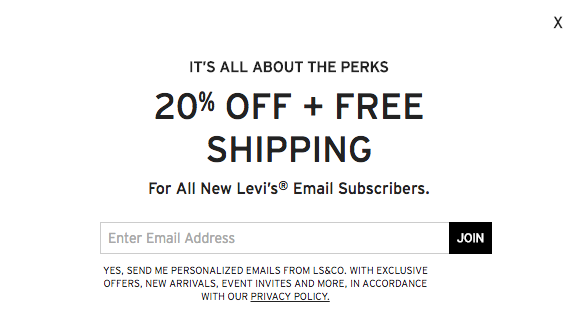
When you open Levi’s home page, you’re greeted with this message. Not only does this tiny message ensure a happy customer who gets two great deals on their purchase, it ensures continued future communications with them as well. Moreover, each one of us is hardwired to grab every opportunity to save money. Whether we actually get to do that or not is mostly immaterial to us, as long as we believe we are.
That’s the reason why online merchants often highlight “Free Shipping” in their customer communications. It’s the ‘placebo effect’ in play, wherein even if the product is more expensive with the “free shipping” and cheaper with additional shipping charges, most people would prefer the free shipping option. However, it’s not really necessary to offer deals every time you want digital consumers to convert. A simple “good choice”, like the one you would see when you order from the Domino’s website, can work in affirming the choices of the customers and encourage conversion.
Applying confirmation bias for user retention
The same simple ‘thumbs up’ or ‘good choice’ can also help user retention. Remember MailChimp’s ‘monkey hi-5’? Or Amazon’s ‘share your purchase on social media’ on the purchase confirmation page for that matter?
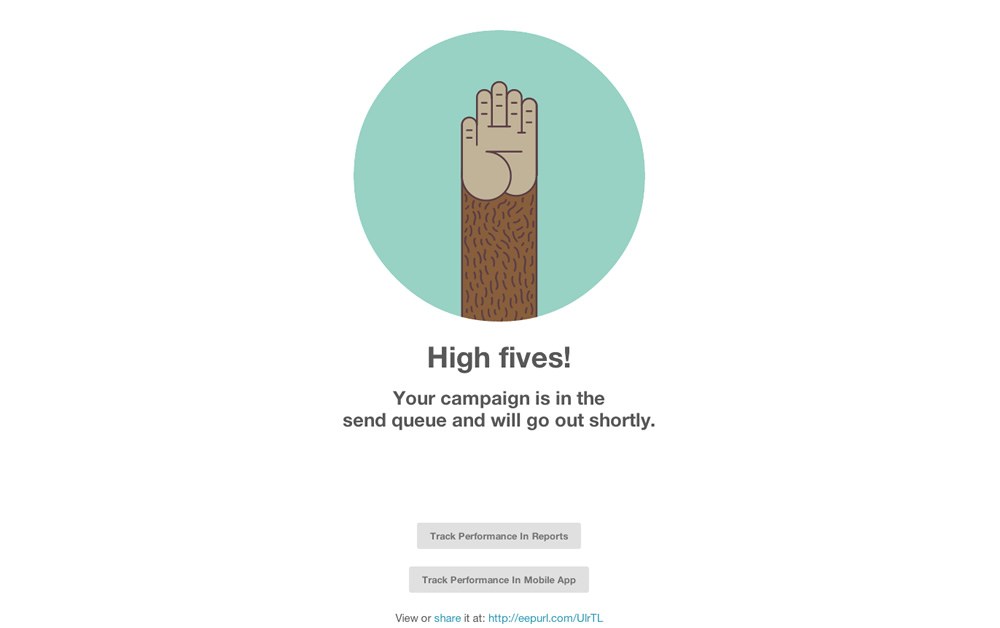
According to a study by Guku, persuading customers to leave feedback or reviews on social media sites right after they make the purchase about your services or your website creates a confirmation bias to rate the product/services higher. Seems exaggerated, but strangely it is true. Not only will this positive confirmation bias encourage repeat visits and purchases, but also push for higher value purchases in subsequent visits.
In conclusion
Humans are complex creatures, and our psychology, even more so. And confirmation bias is one of the few things that a brand can employ to increase conversion rates, brand loyalty, and consumer retention. The steps are simple – toot your own horn when you get a positive review and show it to other prospective customers to earn their loyalty; be genuinely generous in your praise of the customer’s choice for your products and services; encourage them to leave feedback on social media sites for you, and use that to create and feed the cycle once again.







